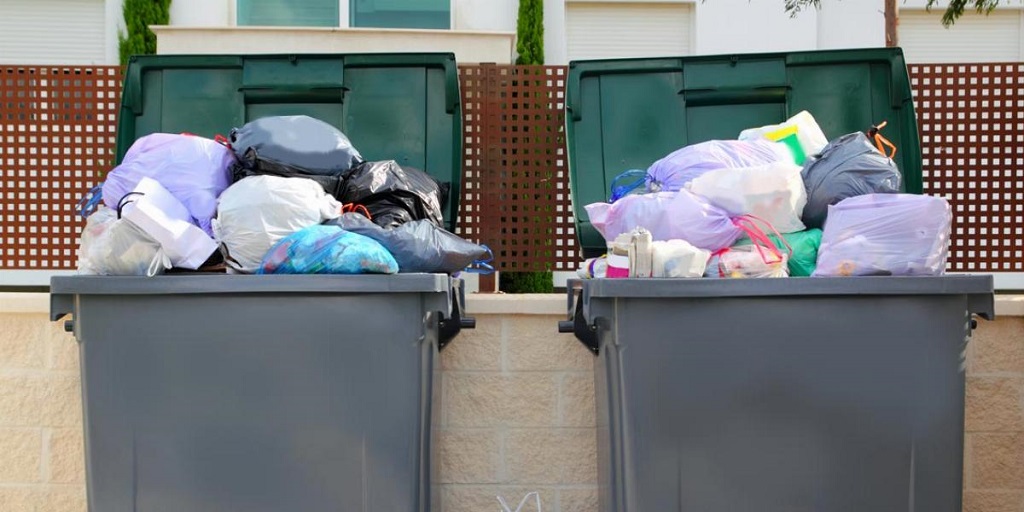Commercial and industrial waste primarily arises from activities that occur in factories, mills, plants, and mines. With increased industrialization, environmental pollution is similarly on the high. Developed countries continue to grapple the detrimental impact of the illegal disposal of commercial wastes.
Usually, commercial waste comprises toxic material, including plastic and radioactive elements. Non-biodegradable waste and toxins, if disposed of wrongly, cause irreplaceable destruction to the environment. Moreover, improper disposal of such wastes creates a real eyesore in the surrounding. Below are seven ways to properly dispose of commercial wastes.
Waste Minimization
Preventing or reducing waste generation will go a long way in reducing the resultant waste heaps. Typically, most waste products are due to the excessive use of unnecessary raw materials.
Minimizing waste generation entails embracing resourceful raw material utilization. Reusing raw materials means less production of toxic waste. Recycling is also a convenient way to curb increased waste production.
With reduced waste, businesses and industries can implement proper disposal strategies. Additionally, reducing waste production helps to save on resources.
Sanitary Landfills
Essentially, a landfill is a particular room or space set aside for the disposal of hazardous and industrial wastes. Such waste materials, when exposed, pollute the surrounding environment and emit toxic greenhouse gases. Continuous pollution results in complete environmental degradation and health complications for the inhabitants.
A landfill creates a much-needed barrier between harmful wastes and groundwater. Therefore, it prevents toxic wastes from disseminating in the water zone. Such wastes compact and coat with the earth layer.
Since soil is non-porous, there are almost zero risks of accidental leakage of these wastes into the environment. Areas far from flooding sources and with a low groundwater level are the most appropriate for building a sanitary landfill.
However, the popularity of landfills as a waste disposal means has considerably taken a dip. Landfills may emit methane gas, leading to air pollution. Leaks from these landfills are common, causing water contamination.
Incineration
Also referred to as thermal treatment, incineration encompasses burning solid waste at high temperatures. These wastes consequently convert to different gases and residue. Incineration minimizes solid waste by 20-30%, reducing the burden on sanitary landfills.
However, this method is somehow prone to pollution, depending on the nature of combusted waste. Industries must hence apply caution, by monitoring the filter checks and ensuring proper incinerator design. It is a cheap rubbish removal method.
Burning organic waste produces ash that’s valuable for hydroponic uses. Energy derived from the incinerator ay apply for domestic purposes and driving power turbines.
Recycling
Recovery and recycling mean sourcing discarded wastes and transforming them for an entirely new purpose. This method commonly applies to paper, aluminum, plastic, and glass wastes.
Upon extraction, these waste items undergo industrial processes for further refining. Plastic bottles, for instance, become new bottles that are fit for use. However, the industrial processing of wastes is a tad bit expensive.
Recycling is an environmental-friendly means of disposing of waste without any pollution whatsoever. It’s an effective disposal method to eliminate gas pollution and decrease the landfill volume.
Composting
Composting is a bio-degradation procedure that converts organic waste into nutrients and manure for plants. Organic waste includes kitchen and garden waste.
Microbes decompose the organic waste which accumulates in a compost pit for an extended period. Composting is among the best commercial waste disposal methods since it transforms unsafe waste into safe manure. On the downside, it’s a slow process that requires a sizeable piece of land.
Plasma Gasification
Plasma gasification transforms solid waste into energy. In this process, high temperatures convert carbon-based waste items into syngas. Syngas then undergoes direct combustion and further refinement to become high-level fuel.
Non-organic waste becomes slag, a basic raw material in the construction industry. For industries aiming at zero environmental pollution, plasma gasification is the way to go.
Sea/ Ocean Disposal
Disposal of commercial wastes to the sea or ocean mainly applies to radioactive pollutants. Radioactive components, if left exposed, present unprecedented harm to human health, animals, and plants.
This disposal method faces much criticism globally. Disposing of toxic radioactive waste to the sea detrimentally affects aquatic life and vegetation. Continued disposal of the sea ultimately predicts the death of marine life.
Waste disposal methods primarily depend on the type of waste a business produces. Industries and firms must embrace waste management strategies to ensure a safe environment.





